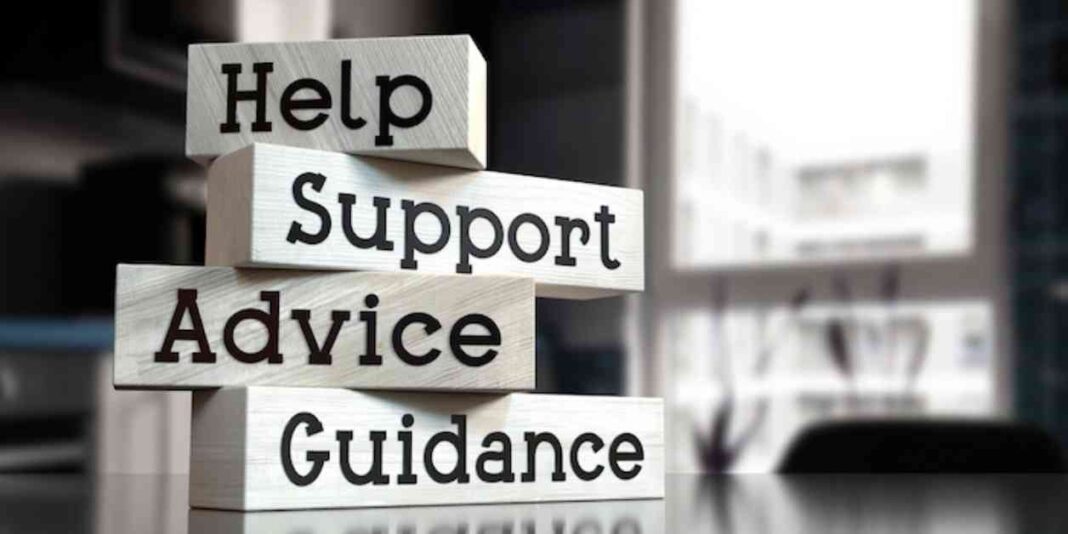The US Patent and Trademark Office (USPTO) recently announced updated Subject Matter Eligibility Guidance, specifically focusing on emerging technologies like artificial intelligence (AI). This new guidance includes three detailed examples to address common situations related to AI, such as determining whether a claim recites an abstract idea or integrates it into a practical application.
USPTO Director Kathi Vidal highlighted the importance of striking a balance between encouraging innovation with AI and preventing the locking up of technology through patenting every AI-generated invention. The updated guidance builds upon previous efforts to provide clarity and certainty in the patent examination process, particularly in the context of AI-assisted inventions.
Vidal emphasized the need for human contributions in the inventorship of AI-assisted inventions, as patents are meant to incentivize and reward human ingenuity. The guidance aims to ensure that AI inventions are not categorically unpatentable while focusing on the role of human inventors in the creative process.
The success of previous eligibility guidance, with SME rejection rates consistently below 11% since 2019, has led to a continued affirmation of examiners’ rejections by the Patent Trial and Appeal Board. This success rate underscores the effectiveness of the guidance and the need for additional clarity in the AI space.
Stakeholder feedback on patenting AI inventions has highlighted concerns about the application of subject matter eligibility analysis to AI inventions, particularly in determining whether a claim recites an abstract idea. The updated guidance includes examples of AI claims that do and do not recite abstract ideas to assist examiners in their evaluation process.
Moving forward, the USPTO plans to consider feedback on the updated guidance during a 60-day comment period. Vidal expressed openness to feedback that aligns with the agency’s mission of incentivizing innovation while harmonizing internationally. Additionally, the upcoming listening session on the impact of AI on prior art and a person having ordinary skill in the art (PHOSITA) will provide further insights into the intersection of AI and patent law.
Overall, the updated guidance reflects the USPTO’s commitment to fostering innovation with AI while ensuring that the patent system remains balanced and effective. By providing additional clarity and examples in the AI context, the USPTO aims to support responsible AI use and encourage the development of innovative products in the market.















